Yellow/Brown Norfolk Pine Leaves: My Norfolk Pine Is Turning Brown
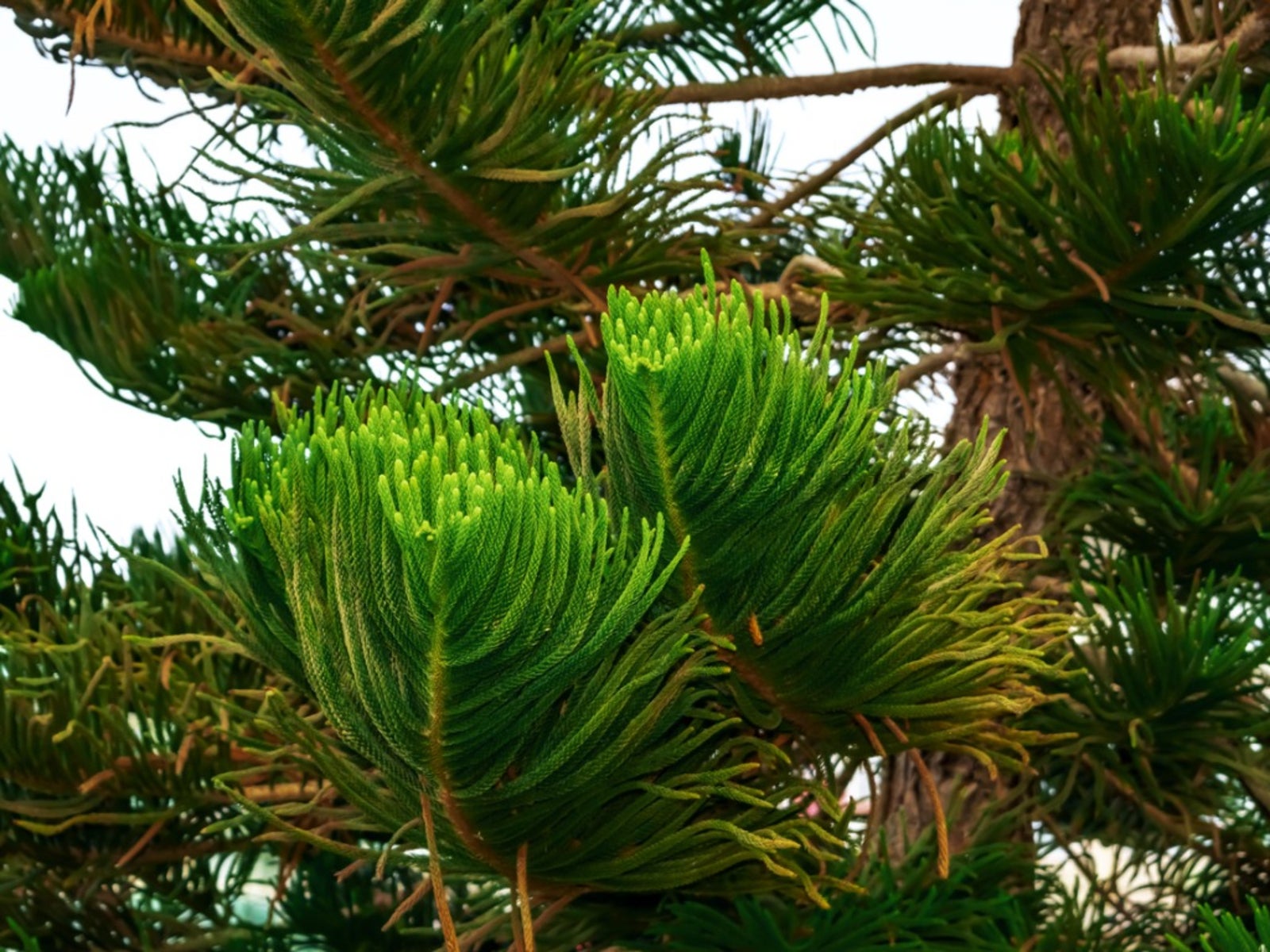

Many folks seeking a little potted evergreen for the holidays buy Norfolk Island pine (Araucaria heterophylla). These Christmas tree look-alikes are very popular as houseplants, although they can also present as stately outdoor trees in appropriate hardiness zones. If the foliage of your lovely Norfolk pine is turning brown or yellow, jump in and try to determine the cause. Although most browning Norfolk pine foliage results from problems with cultural care, it may also indicate diseases or pests. Read on for information on how to figure out the cause of yellow/brown Norfolk pine branches.
Yellow/Brown Norfolk Pine Troubleshooting
Whenever you spot yellow/brown Norfolk pine foliage, your first and best step is to walk through the cultural care you are giving your houseplant. These trees can live a long time in pots indoors or out, but they need very specific conditions to thrive. Every tree has a hot/cold temperature range that it prefers; those forced into winter or summer conditions outside their tolerance won’t grow happily. If you notice your Norfolk pine with yellow leaves, the temperature is the first suspect.
Temperature
These trees thrive outdoors in USDA plant hardiness zones 10 and 11. All Norfolk pines are sensitive to frost and branches yellow and die as temperatures dip below freezing. Likewise, very high temperatures can also cause yellow/brown Norfolk pine foliage. If your tree was outdoors (potted or not) in these extreme temperatures, you have likely found why your Norfolk pine is turning brown.
Sunlight
Temperature is not the only potential cause of yellowing or browning Norfolk pine foliage. The amount and type of sunlight is also important. Norfolk pines require ample sunlight, but they don’t like direct sun. Your Norfolk pine with yellow leaves might be suffering from either too much direct sun or too little rays. Move it to a spot where it gets plenty of indirect light. In the summers, try moving your houseplant Norfolk outside beneath a tall tree.
Water
Irrigation is important to Norfolk pines, especially when the weather is warm. Winters you can back off irrigation a little, but when you see browning Norfolk pine foliage, you might want to start watering a little more generously. Humidity is also important.
Pests and Disease
Pests and diseases can also cause browning or yellowing Norfolk pine. A Norfolk pine with yellow leaves might have developed a fungal disease, like anthracnose. You’ll know your tree has this disease if you first see spots on the leaves, then entire branch sections yellow, brown, and die. Often, the real problem when your Norfolk pine is turning brown from anthracnose is that you are keeping the foliage too wet. Stop all overhead irrigation and allow the foliage to dry out. You can also spray the tree with a fungicide. On the other hand, if your Norfolk pine with yellow leaves has mites, you’ll need to raise the humidity. Mites are pests that hide in the foliage, but you can discover them by shaking the tree over a sheet of paper. If raising the humidity doesn’t get rid of the mites, use insecticidal soap spray.
Gardening tips, videos, info and more delivered right to your inbox!
Sign up for the Gardening Know How newsletter today and receive a free copy of our e-book "How to Grow Delicious Tomatoes".

Teo Spengler is a master gardener and a docent at the San Francisco Botanical Garden, where she hosts public tours. She has studied horticulture and written about nature, trees, plants, and gardening for more than two decades. Her extended family includes some 30 houseplants and hundreds of outdoor plants, including 250 trees, which are her main passion. Spengler currently splits her life between San Francisco and the French Basque Country, though she was raised in Alaska, giving her experience of gardening in a range of climates.
-
 Try The Trend – Turn Any Bed Into A Keyhole Garden With This Clever In-Ground Composter
Try The Trend – Turn Any Bed Into A Keyhole Garden With This Clever In-Ground ComposterKeyhole gardening is an efficient and sustainable practice that saves space. Get started on this DIY project quickly and easily with an in-ground composter.
By Bonnie L. Grant
-
 4 Superfast Composting Methods: Turn Waste Into Garden Gold In 30 Days Or Less
4 Superfast Composting Methods: Turn Waste Into Garden Gold In 30 Days Or LessTry the fastest composting methods to turbocharge your pile and transform kitchen scraps and garden waste into finished compost in just a few weeks.
By Mary Ellen Ellis
-
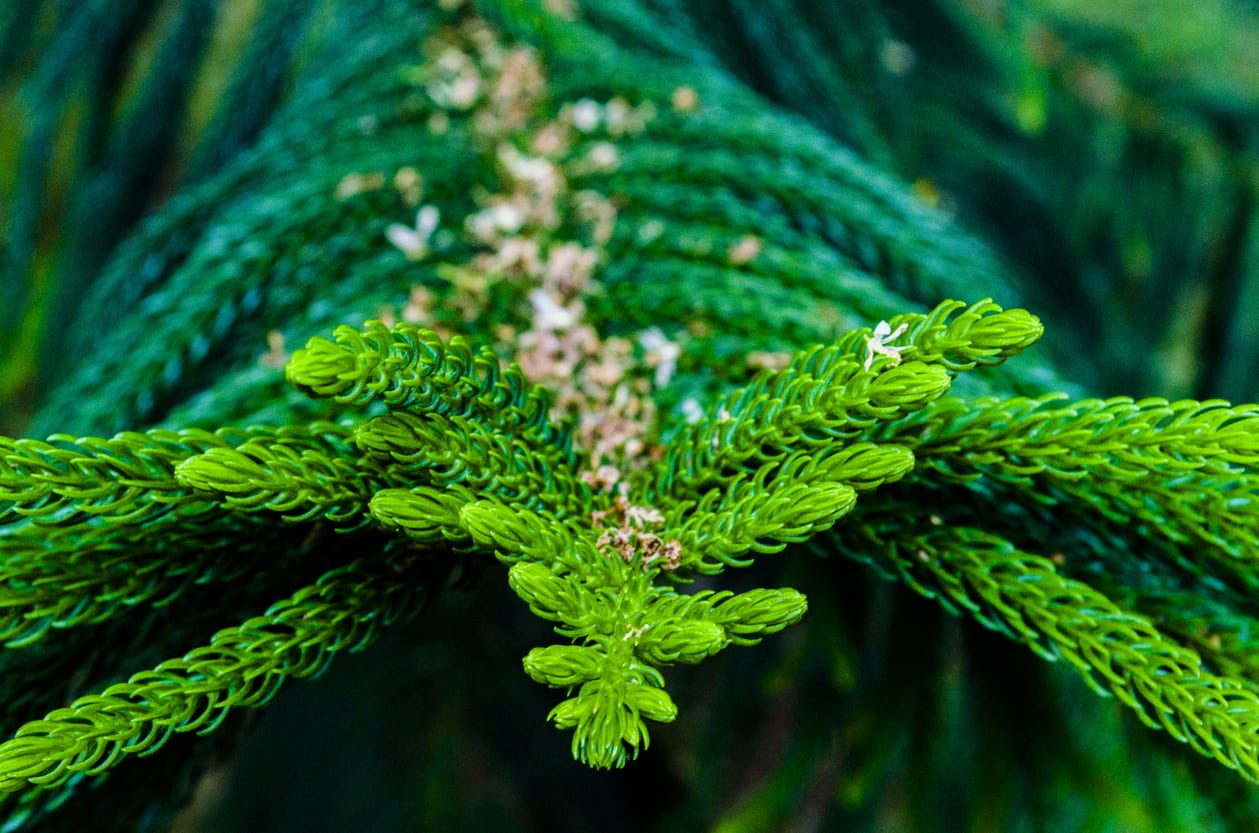 Norfolk Pine Water Requirements: Learn How To Water A Norfolk Pine Tree
Norfolk Pine Water Requirements: Learn How To Water A Norfolk Pine TreeNorfolk pines (also frequently called Norfolk Island pines) are big beautiful trees native to the Pacific Islands. But how much water does a Norfolk pine need? Click this article to learn more about Norfolk Island pine water requirements.
By Liz Baessler
-
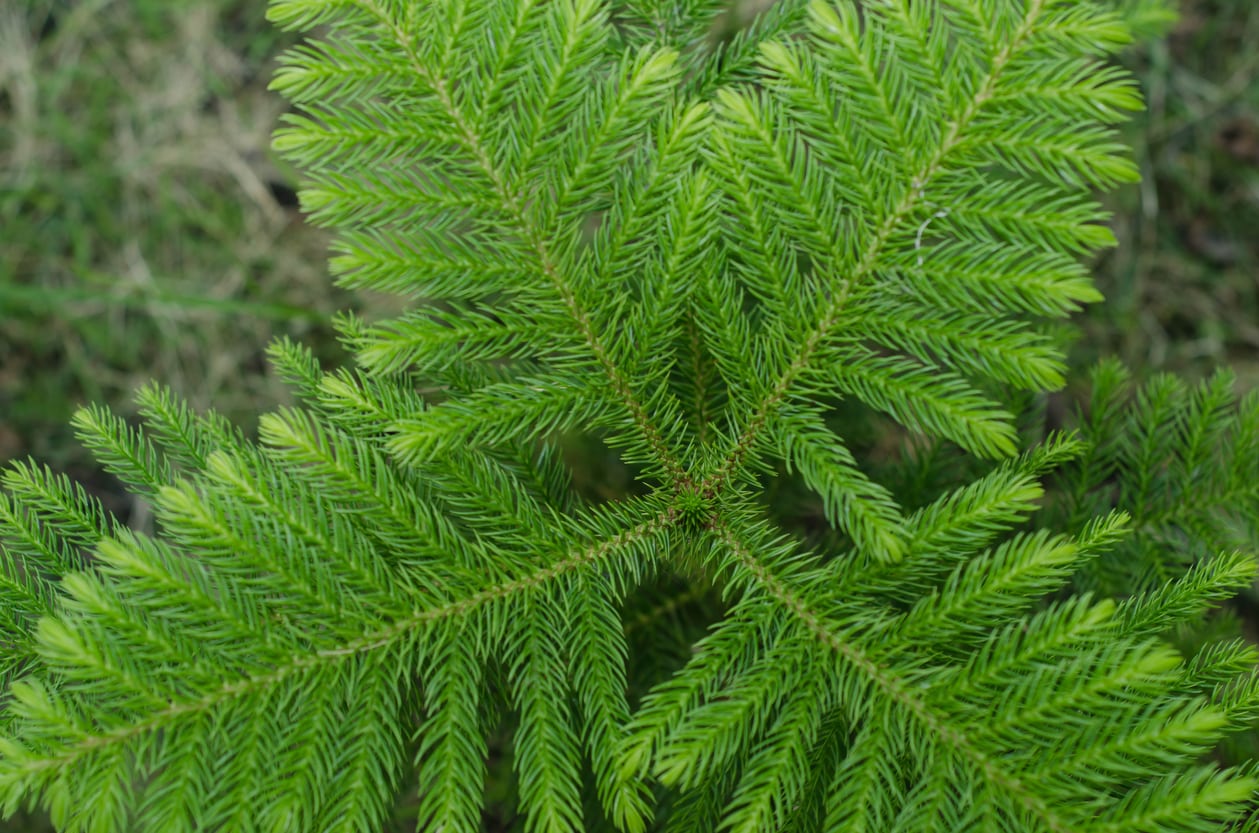 Fertilizing A Norfolk Island Pine Tree – How To Fertilize A Norfolk Island Pine
Fertilizing A Norfolk Island Pine Tree – How To Fertilize A Norfolk Island PineIn the wild, Norfolk Island pines are huge, towering specimens. They also perform very well in containers. But how much fertilizer does a Norfolk Island pine need to stay healthy? Click here to learn how to fertilize a Norfolk Island pine, both indoors and out.
By Liz Baessler
-
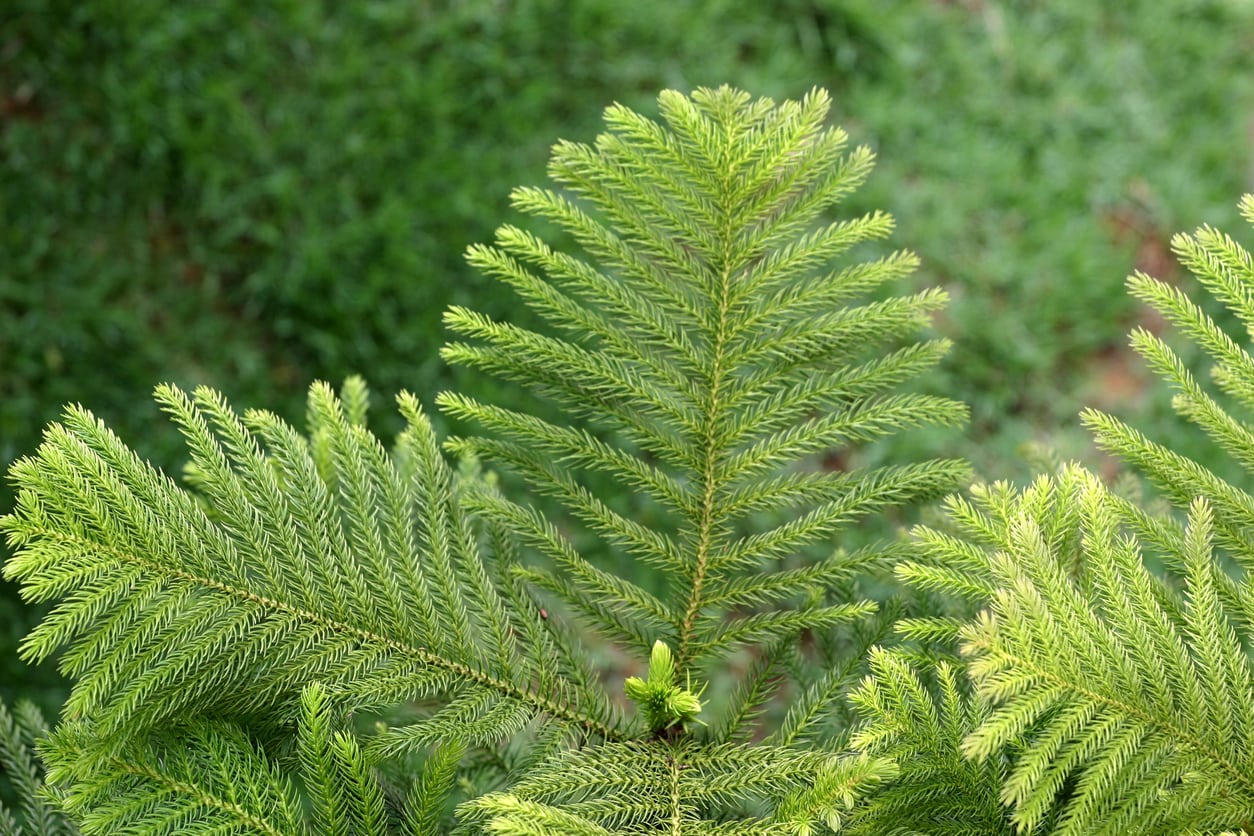 Can A Norfolk Island Pine Grow Outdoors – Planting Norfolk Pines In The Landscape
Can A Norfolk Island Pine Grow Outdoors – Planting Norfolk Pines In The LandscapeYou?re far more likely to see Norfolk Island pine in the living room than a Norfolk Island pine in the garden. Can a Norfolk Island pine grow outdoors? It can in the correct climate. Click here to learn about their cold tolerance and tips on caring for outdoor Norfolk Island pines.
By Teo Spengler
-
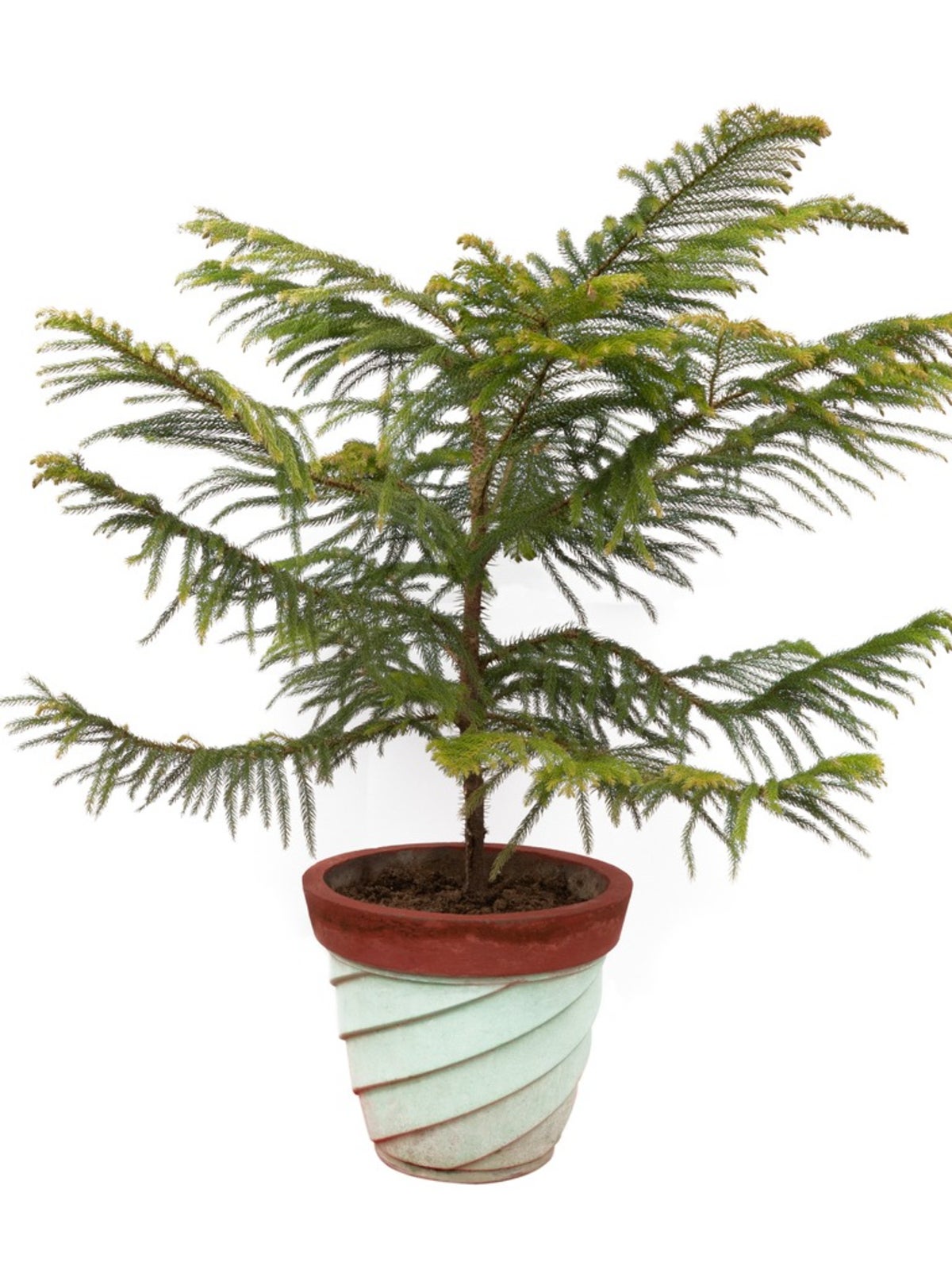 Norfolk Island Pine Repotting: Learn How To Repot A Norfolk Island Pine
Norfolk Island Pine Repotting: Learn How To Repot A Norfolk Island PineThe Norfolk Island pine thrives in warmer climates and can grow very tall, but when grown in containers it makes a nice, compact houseplant in any climate. Learn how to transplant your Norfolk so you can keep it happy and healthy in the following article.
By Mary Ellen Ellis
-
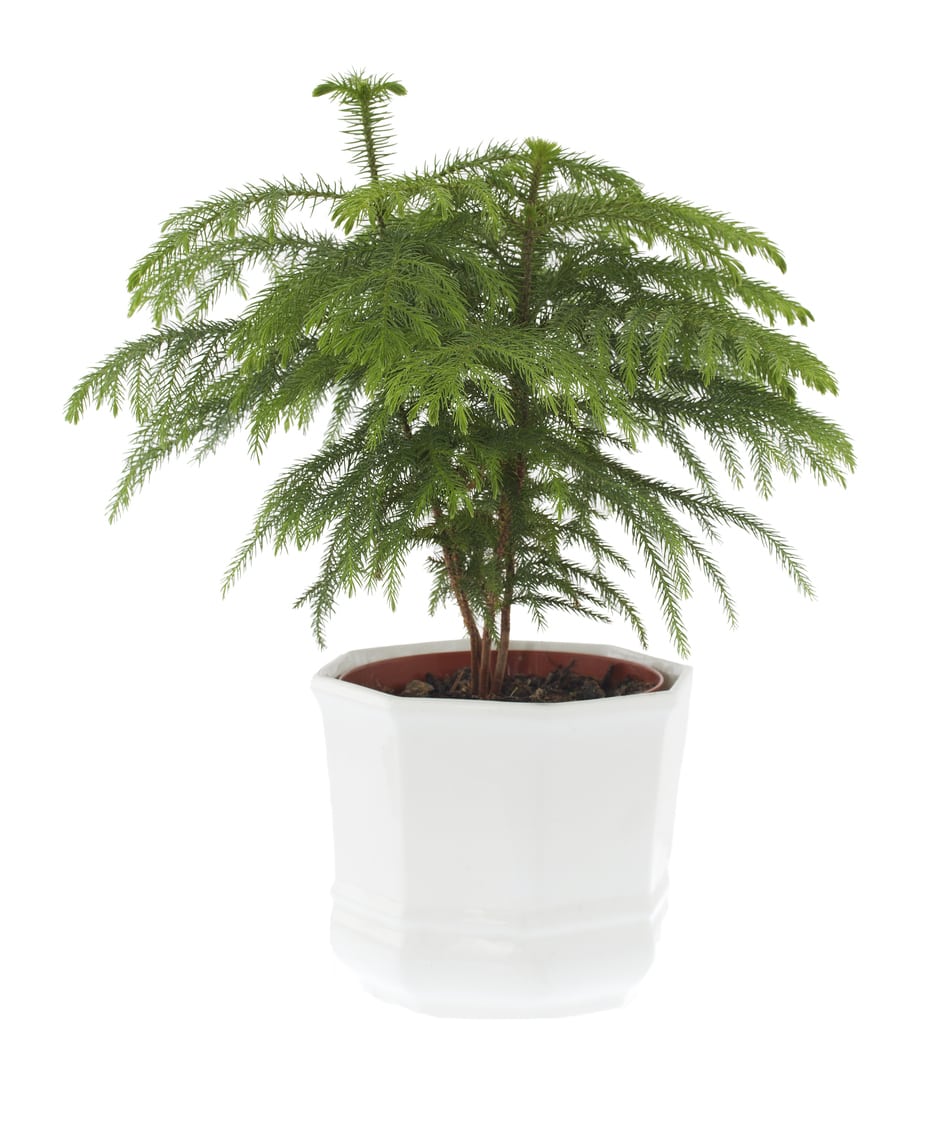 Propagating Norfolk Pines: How To Propagate Norfolk Pine Trees
Propagating Norfolk Pines: How To Propagate Norfolk Pine TreesNorfolk Island pines are graceful, ferny, evergreen trees. Their beautiful symmetrical growth habit make them popular indoor plants. Propagating Norfolk pines from seeds is definitely the way to go for creating more of these plants. Click here for more info.
By Teo Spengler
-
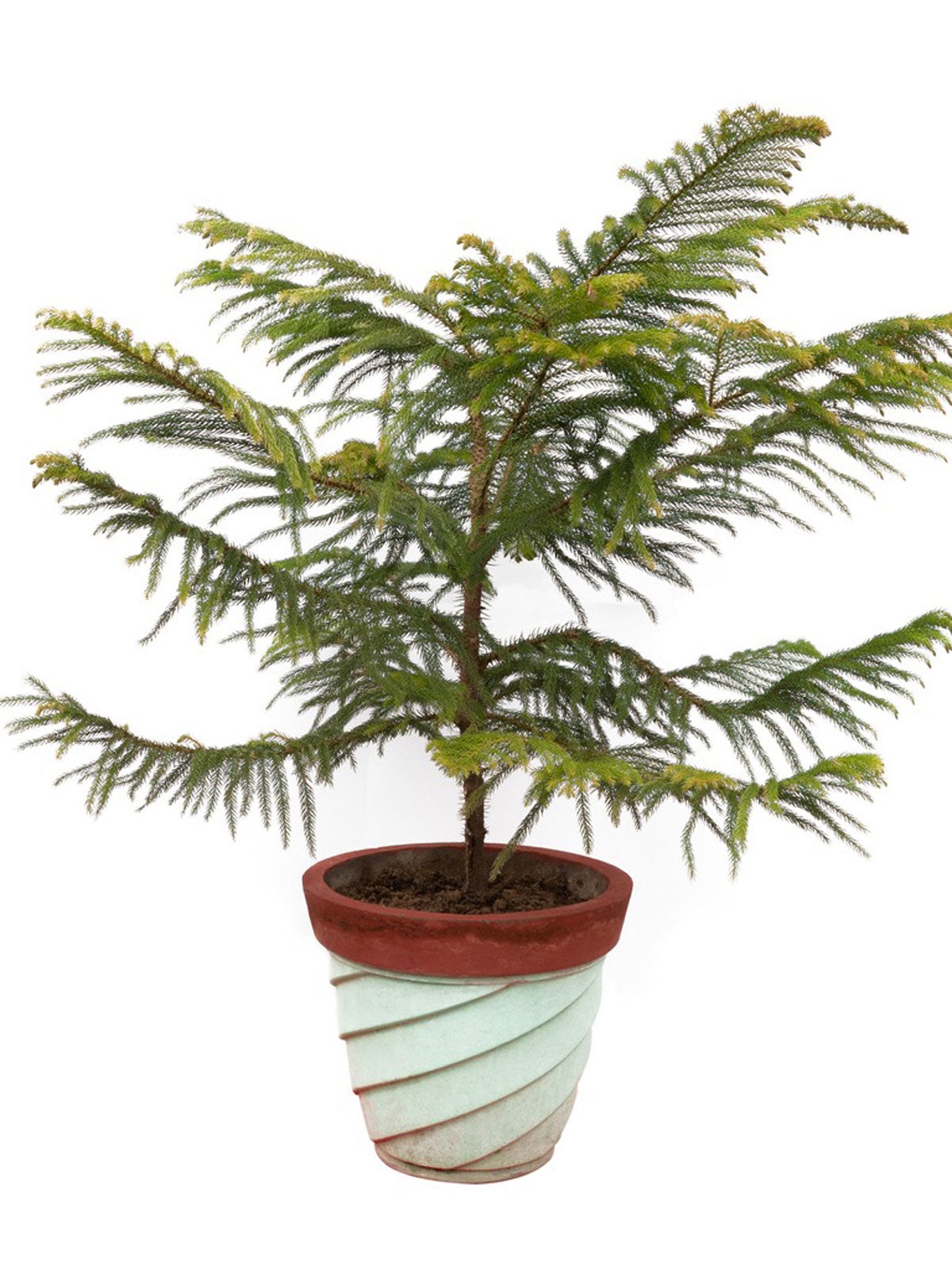 Norfolk Island Pine Pruning: Information On Trimming A Norfolk Island Pine
Norfolk Island Pine Pruning: Information On Trimming A Norfolk Island PineIf you want to keep the container tree or transplant it outdoors, you may want to know about the pruning of Norfolk Island pine trees. Should you prune a Norfolk Island pine? Learn the ins and outs of Norfolk Island pine pruning in this article.
By Teo Spengler
-
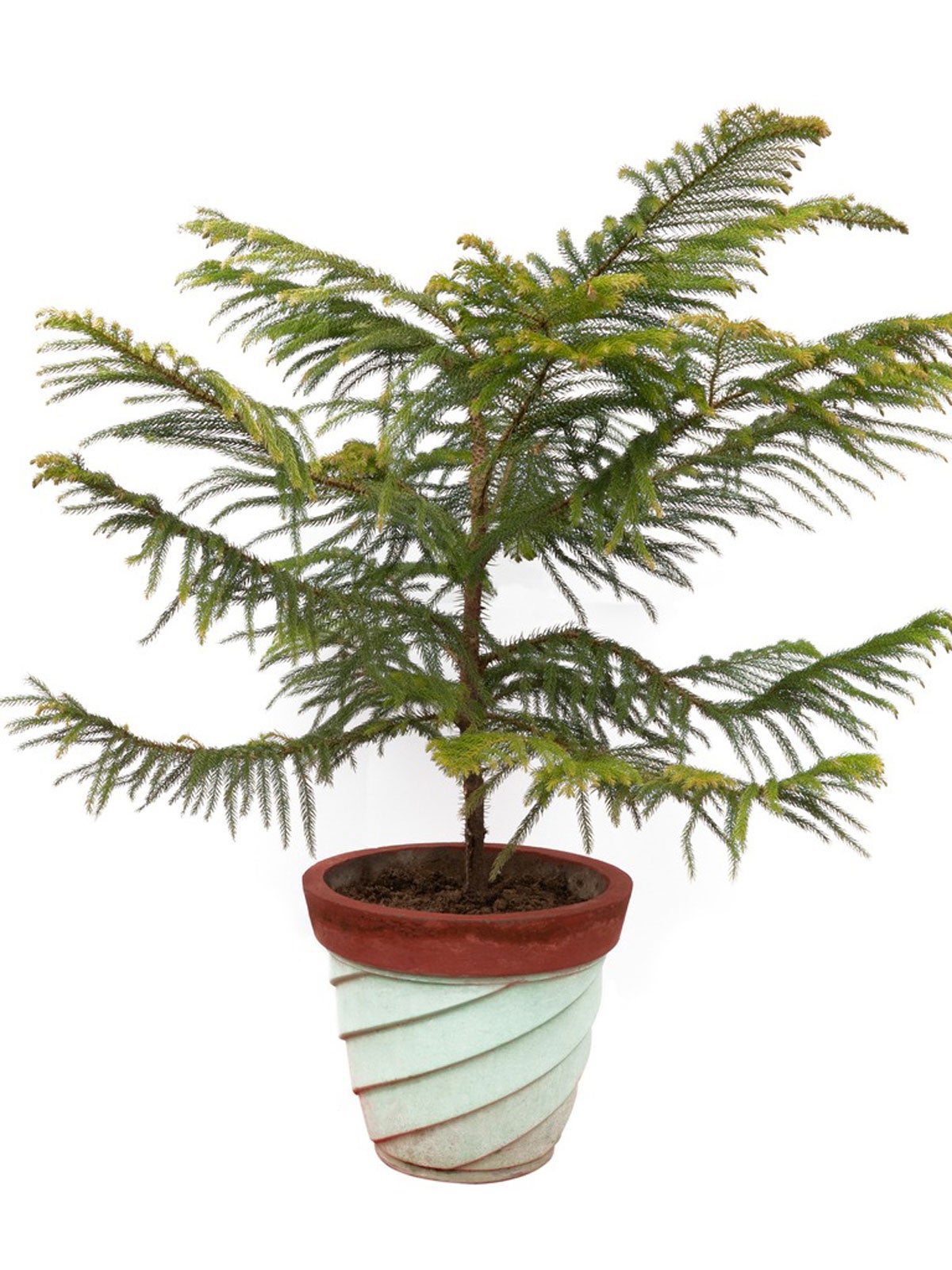 Norfolk Pine Dropping Branches: What To Do For Branch Tips Falling Off Norfolk Pine
Norfolk Pine Dropping Branches: What To Do For Branch Tips Falling Off Norfolk PineAlthough not a true pine, Norfolk Island pines produce beautiful branches and adapt well to indoor life. But what happens when those branches begin dropping? Learn more here.
By Kristi Waterworth
-
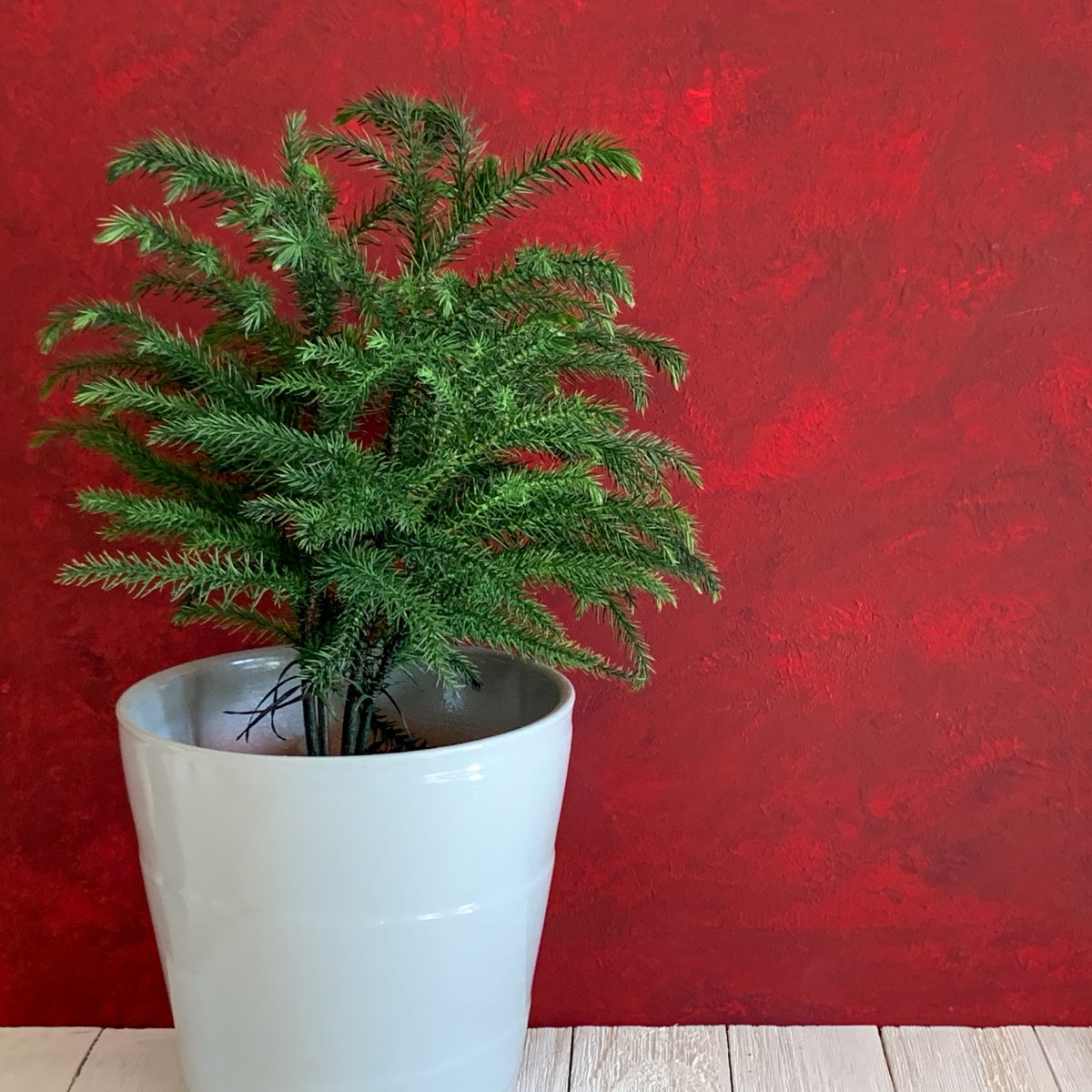 Norfolk Island Pine Care: Expert Tips For A Lush, Tropical Tree Indoors
Norfolk Island Pine Care: Expert Tips For A Lush, Tropical Tree IndoorsCaring for a Norfolk Island pine as an indoor plant requires a few specific conditions, but is well worth the effort. Here's how to do it.
By Heather Rhoades